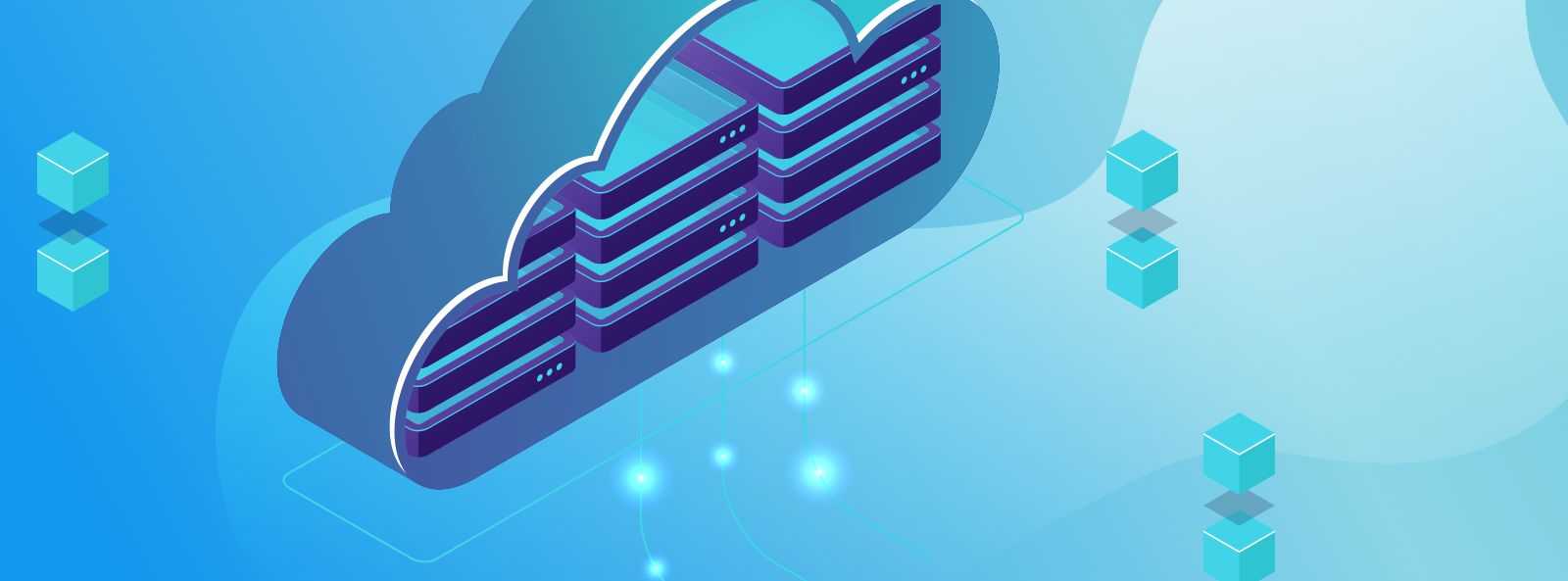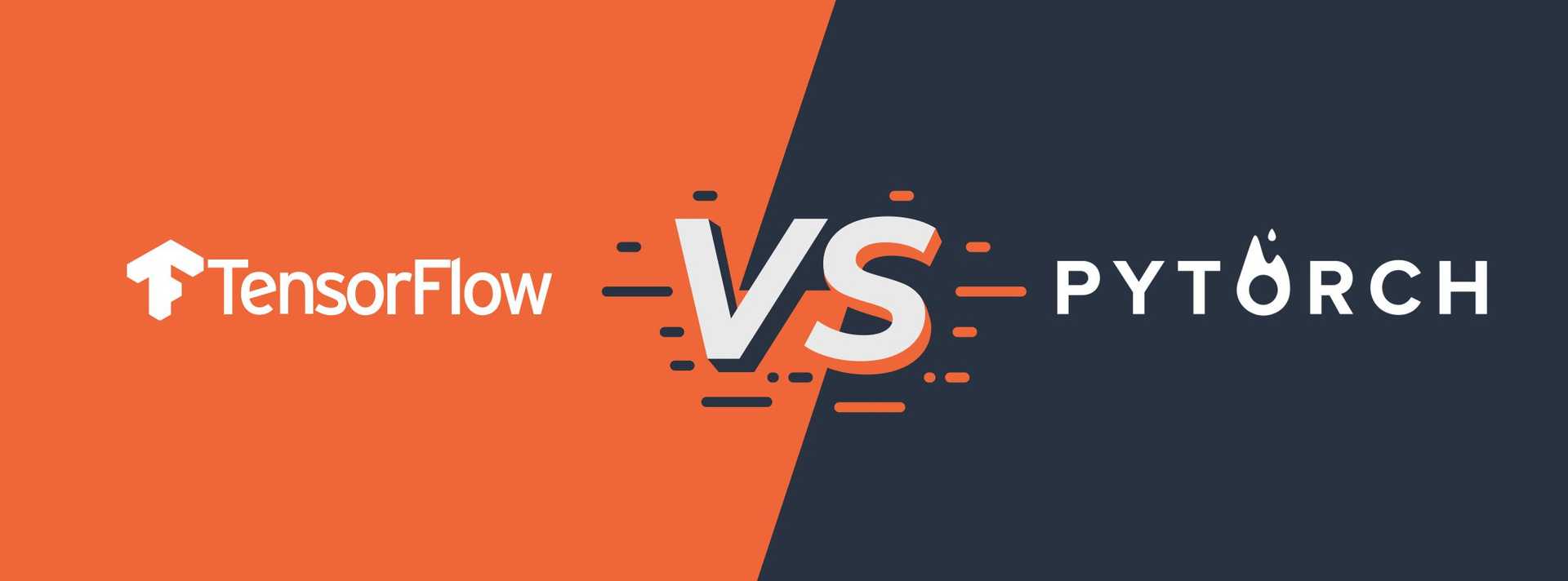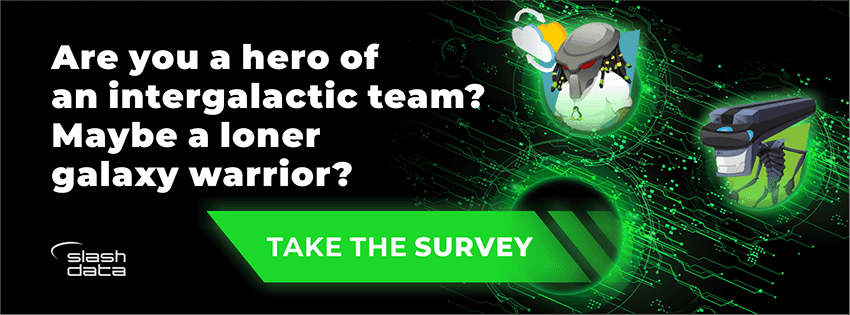Recent Posts of Platforms

01 September, 2022
Ethereum Virtual Machine (EVM) has already established impactful changes, and its further development is definitely worth keeping an eye on.

04 May, 2020
Every year we conduct two global, independent developer surveys engaging more than 30,000 developers. We track development trends across platforms, revenues, apps, tools, languages etc. The 18th Developer Economics survey ran from November 2019 to February 2020 with more than 17,000 developers and tech-makers participating, allowing us to analyze and understand development trends on major […]

11 February, 2020
Having a brick-and-mortar location isn’t enough for the average business anymore. Rather, both large and small businesses need to take the time to build an online presence for themselves. This connects them with their customer base directly and makes it easier for potential customers to find the business. Specifically, apps have a special level of […]

23 December, 2019
Every six months, the Developer Economics Survey captures the voice of more than 20,000 developers globally, across mobile, desktop, IoT, cloud, web, game, AR/VR and machine learning development and data science.

25 July, 2019
Two of the areas that we are often asked about by big businesses with skin in the game are Augmented Reality (AR) and Virtual Reality (VR). Part of my job is to brief top tier organisations on what the developer audience is focussed upon so the companies can make the best decisions. I don’t speculate — I’m not brave enough for that. Instead, like every analyst at the company, I use our data to find trends and outliers in this emerging sector.

23 July, 2019
The emergence of cloud native development and containers has redefined how software is developed. But not all organizations have the resources or expertise to set up the required infrastructure to support a containerized application. Luckily, cloud vendors offer Containers-as-a-Service to help developers to capitalize on the benefits of cloud native development.

08 May, 2019
Cloud-native development and containerisation is redefining how software applications are built and run. The movement has captured an increasing amount of press and adoption is brisk as teams innovate modern architectures to build upon the unique capabilities of the cloud. Designing applications from the ground up to run in the cloud is also delivering more robust and flexible applications. But, while containerising apps has become very popular, many developers are simply migrating old code and processes to containers and are not yet developing true cloud native apps.

25 January, 2019
From the 3,000 developers involved in ML or DS we saw that 43% of them use PyTorch or Tensorflow.
This 43% is not equally distributed between the two frameworks. Tensorflow is 3.4 times bigger than PyTorch. A total of 86% of ML developers and data scientists, said they are currently using Tensorflow, while only 11%, were using PyTorch.

21 January, 2019
I worked in the smartphone industry before it came of age. Our mission was “a smartphone in every pocket” at a time when simple feature phones like the Motorola RAZR were the must-have communications device. Within a few years of our early projects, the competitor, Apple, launched the iPhone. The rest is history. The App Store opened its doors, the stars aligned, the technology dream was realised and smartphones went on to rule the world.

11 May, 2018
Our semi-annual Developer Economics survey is now LIVE! Don’t miss a chance to join over 40,000 developers from 160+ countries who take part in our surveys every year to tell us about trends and shape the future of where software development is going next.
Contact us
Swan Buildings (1st floor)20 Swan StreetManchester, M4 5JW+441612400603community@developernation.net